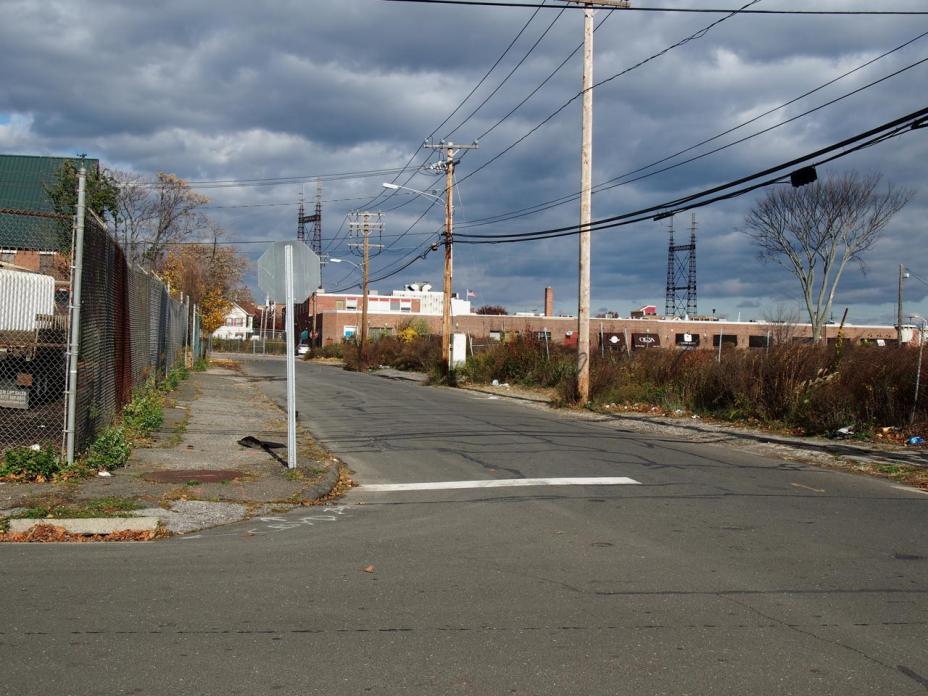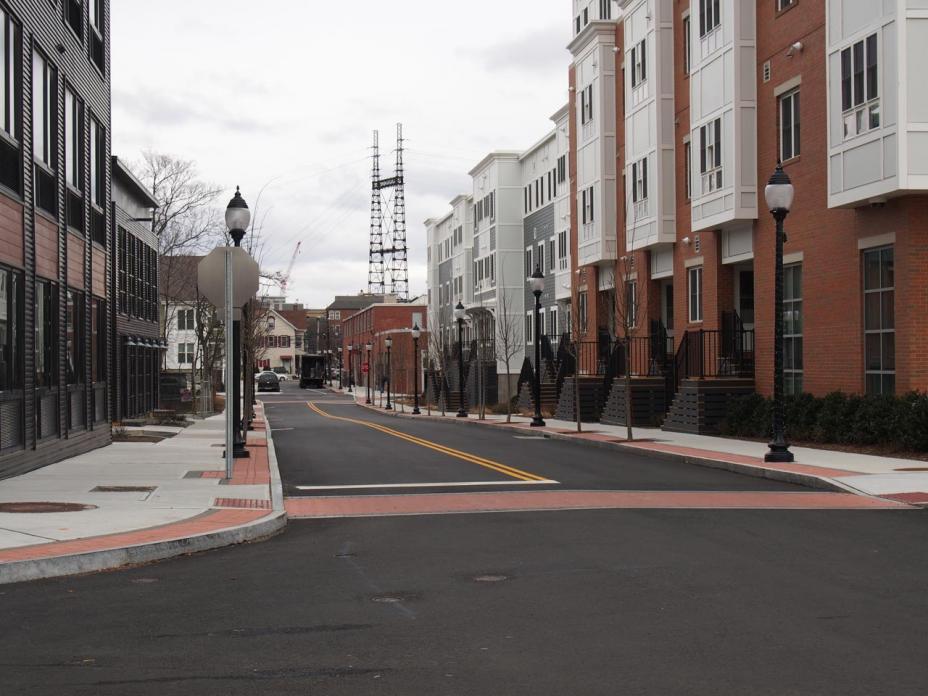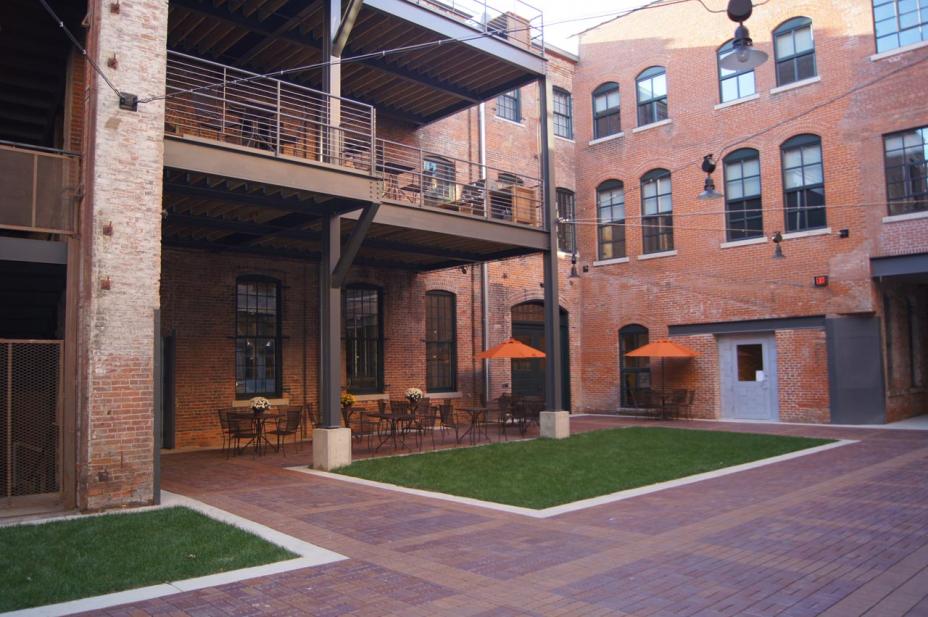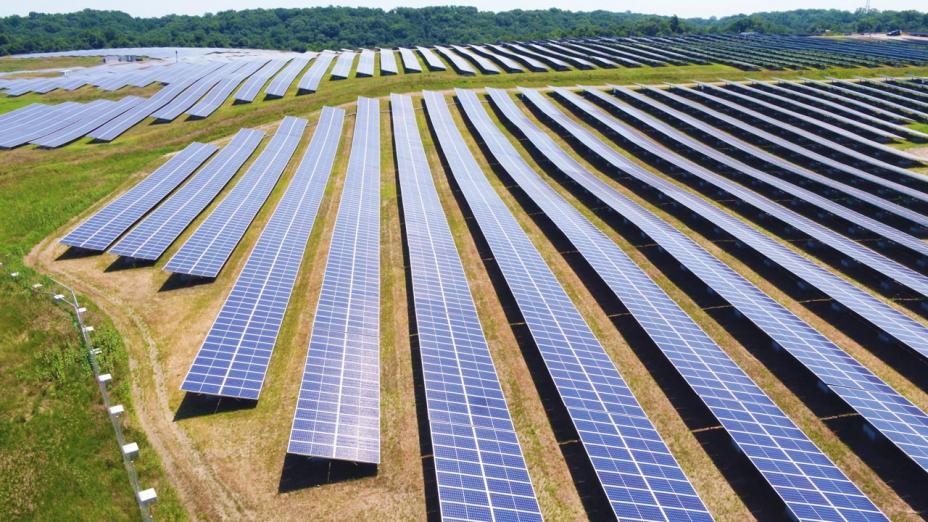Supporting Brownfields Redevelopment using Tax Incentives and Credits
The federal tax incentives and credits listed below can help advance brownfields site cleanup and redevelopment activities.
- Opportunity Zones
- New Markets Tax Credits
- Low Income Housing Tax Credits
- Historic Rehabilitation Tax Credits
- Energy Efficiency and Renewable Energy
Opportunity Zones Incentive
-
The Opportunity Fund investment program uses Qualified Opportunity Funds (QOFs) to promote investment in the development of real estate and businesses in Qualified Opportunity Zones (QOZs). OZs are census tracts of low-income and distressed communities designated by state governors and certified by the Department of Treasury (see List of designated Qualified Opportunity Zones). Investors who invest their capital gains in QOFs can defer and reduce their capital gains tax burdens.
-
IRS Regulations for Opportunity Zones and Brownfields Redevelopment: provides an overview of information on Internal Revenue Service (IRS) regulations with respect to brownfields investment in Opportunity Zones. Learn more about how Opportunity Zones can help local governments meet goals for sustainable and equitable development.
-
EPA’s Cleanups in My Community is an interactive online map that includes an OZ census tract map layer. You can use the map to find which OZ census tracts include brownfields that were assessed or remediated using EPA resources since 2003.
-
New Markets Tax Credits
-
The New Markets Tax Credit (NMTC) program is designed to stimulate the economies of distressed urban and rural communities, and create jobs in low-income communities by expanding the availability of credit, investment capital, and financial services.
-
Each year, tax credits are allocated through the Community Development Financial Institutions (CDFI) Fund within the U.S. Department of the Treasury and distributed to qualified Community Development Entities (CDEs). CDEs include a range of for-profit and nonprofit organizations, such as banks, community development corporations, CDFIs, small business development corporations, and others.
-
Given their focus on distressed areas, many of which are characterized by blighted and abandoned buildings, NMTCs have significant potential to support brownfields projects. Brownfields developers can approach existing CDEs to help fund their projects or, in certain circumstances, consider applying for CDE certification themselves.
Low-Income Housing Tax Credits
-
Low-Income Housing Tax Credits (LIHTCs) provide incentives for the use of private equity in the development of affordable housing for low-income Americans. These credits are intended to ensure an attractive minimum rate of return on investments in low-income housing.
-
State housing agencies administer the LIHTC program by reviewing tax credit applications submitted by developers and then allocating the credits. This process allows each state to set its own priorities and address its specific housing goals.
-
LIHTCs may be used as part of a brownfields financing package if affordable rental housing is part of a project. The credits are used successfully in many states as part of mixed-income housing developments and as infill projects on brownfields sites.
Historic Rehabilitation Tax Credits
-
Historic rehabilitation tax credits discourage unnecessary demolition of sound older buildings and to slow the loss of businesses from older urban areas. These tax credits encourage private investment in the cleanup and rehabilitation of historical properties.
-
The National Park Service administers the program in partnership with the IRS and State Historic Preservation Offices.
-
Given that historic rehabilitation tax credits focus on older buildings, they are an ideal and increasingly common brownfields financing tool. These projects encompass a wide range of properties and project types, including offices, hotels, retail stores, warehouses, factories, and rental housing.
Energy Efficiency and Renewable Energy Incentives
-
A variety of tax incentives, loans, grants, and loan guarantees are available to encourage renewable energy generation and energy efficiency projects.
-
Combining energy incentives with contaminated land cleanup incentives can allow investors and communities to create economically viable energy redevelopment projects on brownfields.
-
EPA’s RE-Powering Mapper, an online interactive web application, allows users to visualize EPA’s information about renewable energy potential on contaminated lands, landfills and mine sites.
Energy-Efficient Commercial Buildings Tax Deduction:
-
Deductions are available to owners of new or existing buildings who install lighting, heating, cooling, ventilation, or other systems that reduce the building’s total energy and power cost. Qualifying equipment installed prior to January 1, 2018, is eligible to receive a tax deduction.
Business Energy Investment Tax Credit:
-
This tax credit provides incentives for the development and deployment of renewable energy technologies. Federal investment tax credits are available to businesses to offset capital expenditures for solar, geothermal, fuel cells, microturbines, and hybrid solar lighting systems. Credit values may fluctuate depending on the type of technology and the year in which a system was placed into service.
Renewable Electricity Production Tax Credit:
-
An inflation-adjusted per-kilowatt-hour tax credit is available for electricity generated by qualified energy resources and sold by the taxpayer to an unrelated person during the taxable year. Qualifying non-wind facilities that began construction before December 31, 2017 and wind facilities that begin construction before the end of 2019 are eligible for tax credits.
Renewable Energy Bonus Depreciation Deduction:
-
Several renewable energy properties can be depreciated for federal income tax purposes over a period of five years. Such properties include solar-electric and solar-thermal technologies, fuel cells and microturbines, geothermal electric, small wind, combined heat and power, and direct-use geothermal and geothermal heat pumps. Bonus depreciation has been sporadically available at different levels during different years.
The Brownfields Federal Programs Guide includes additional information on each of these federal programs.
Be sure to also check for any tax incentive or credit programs offered by your state!







